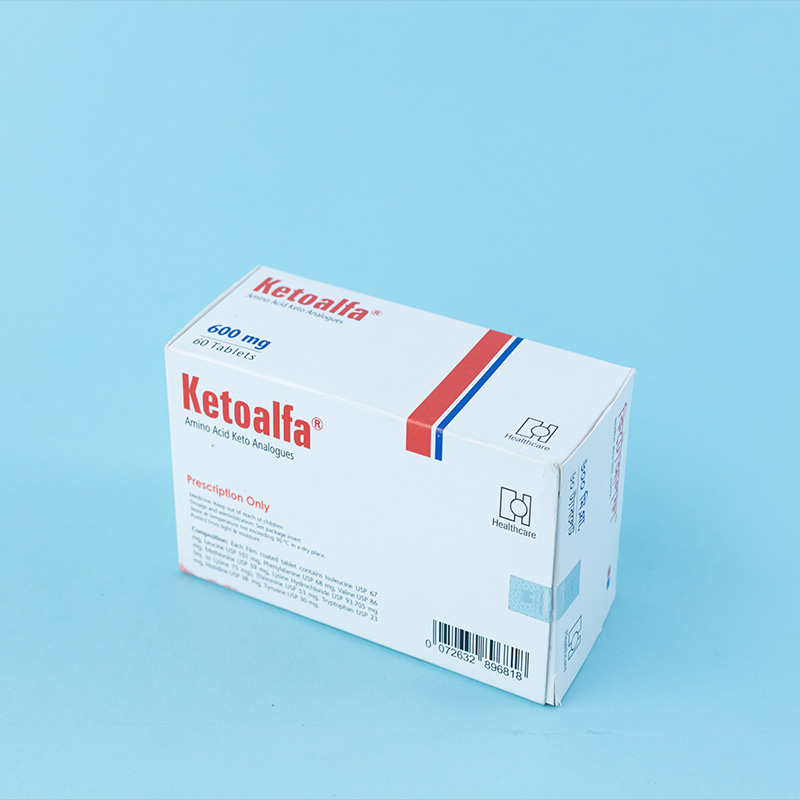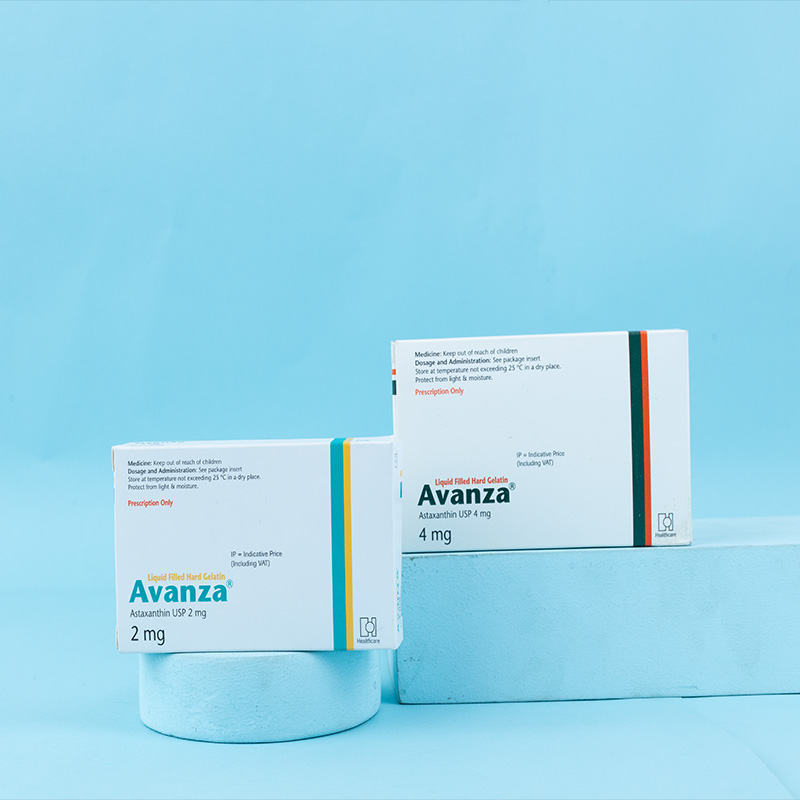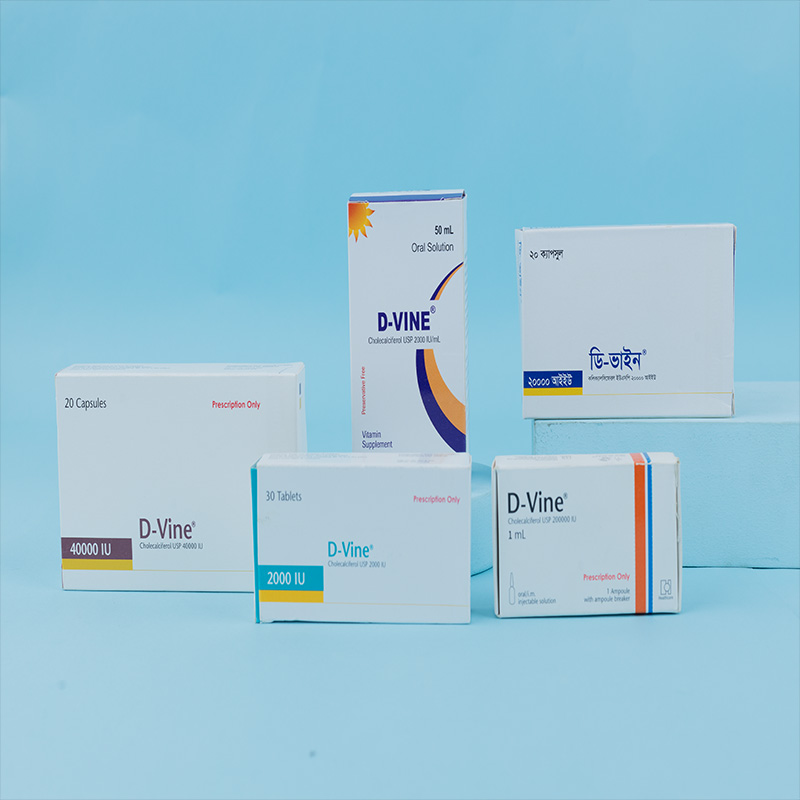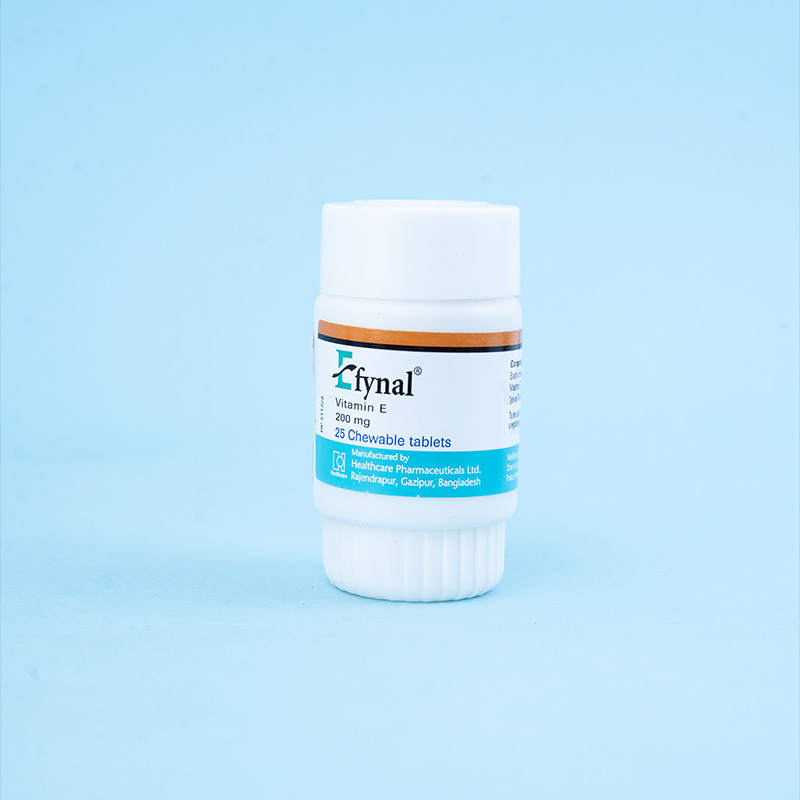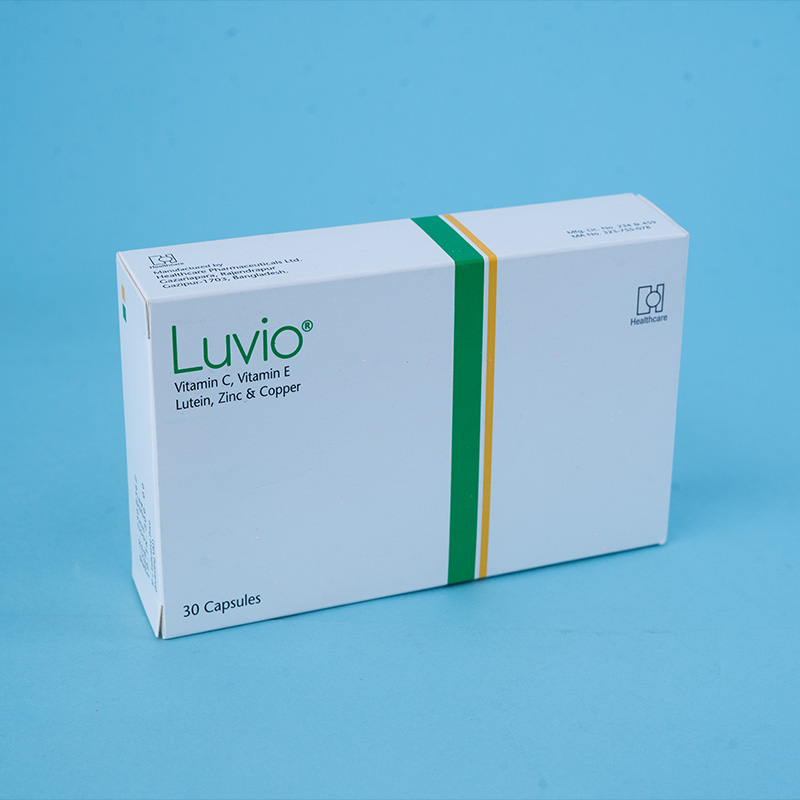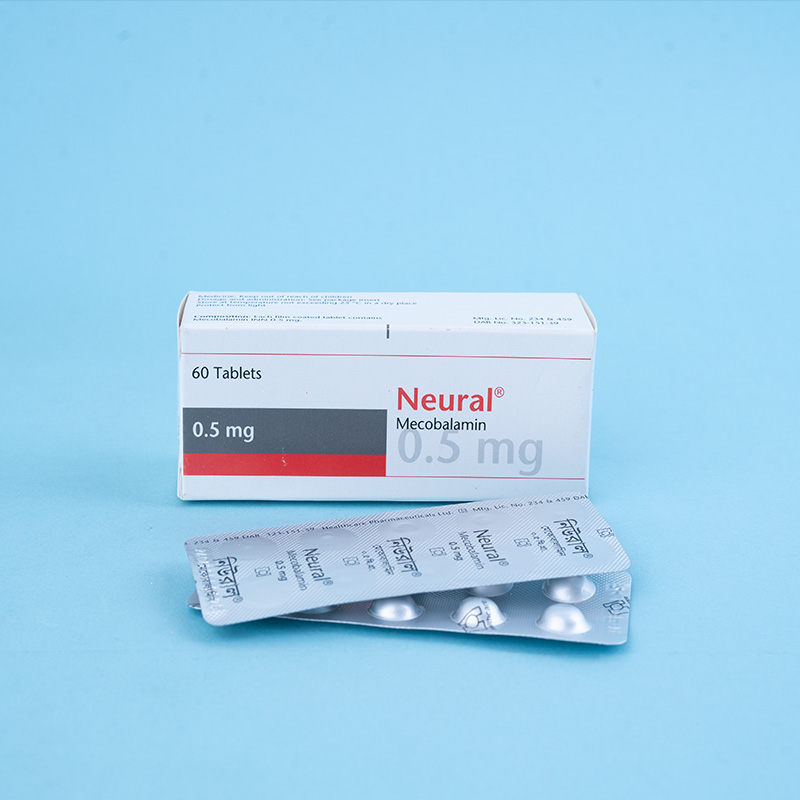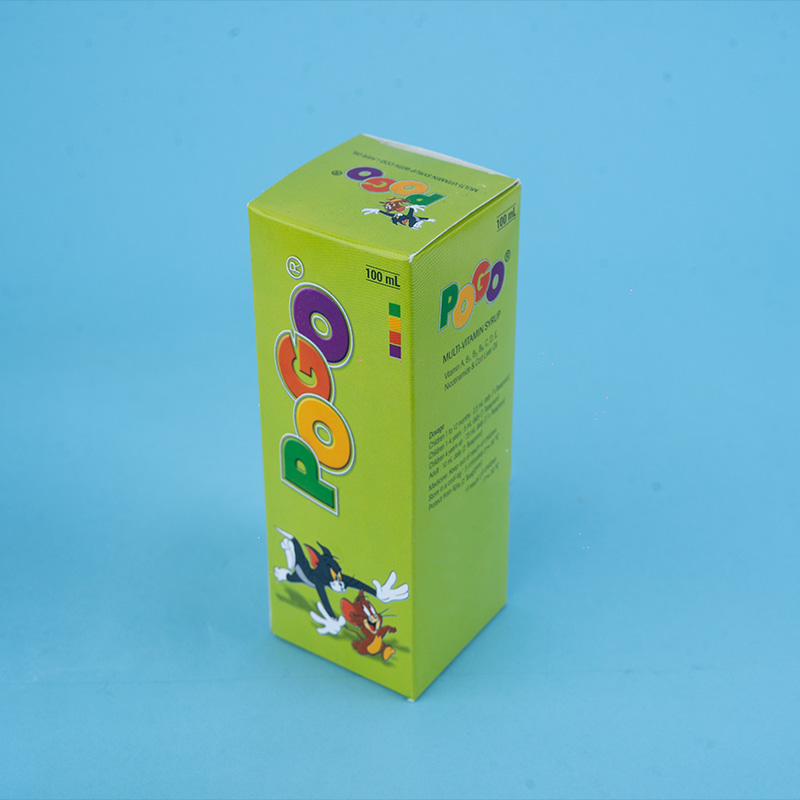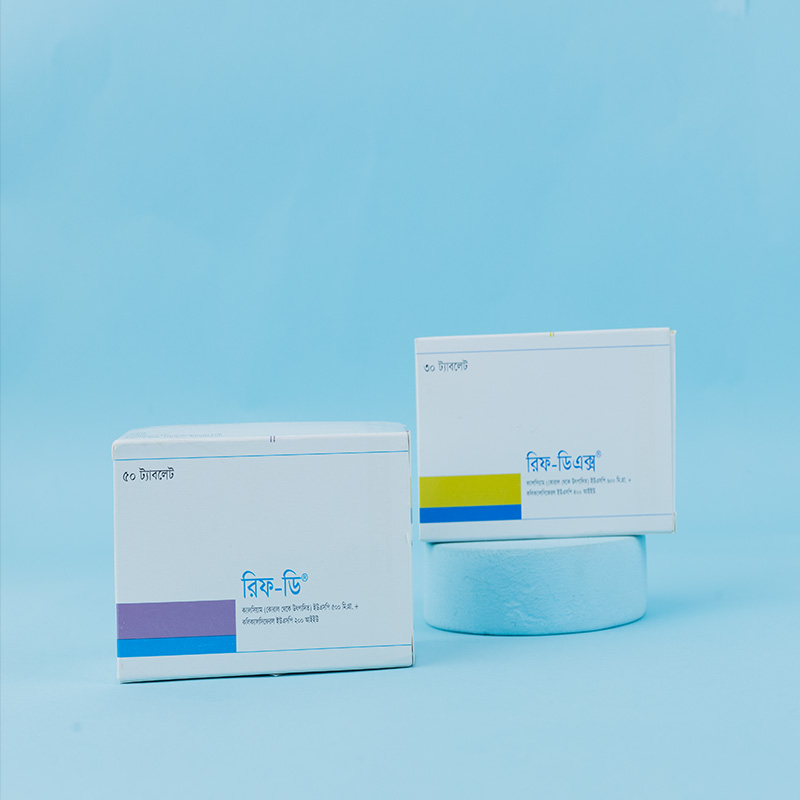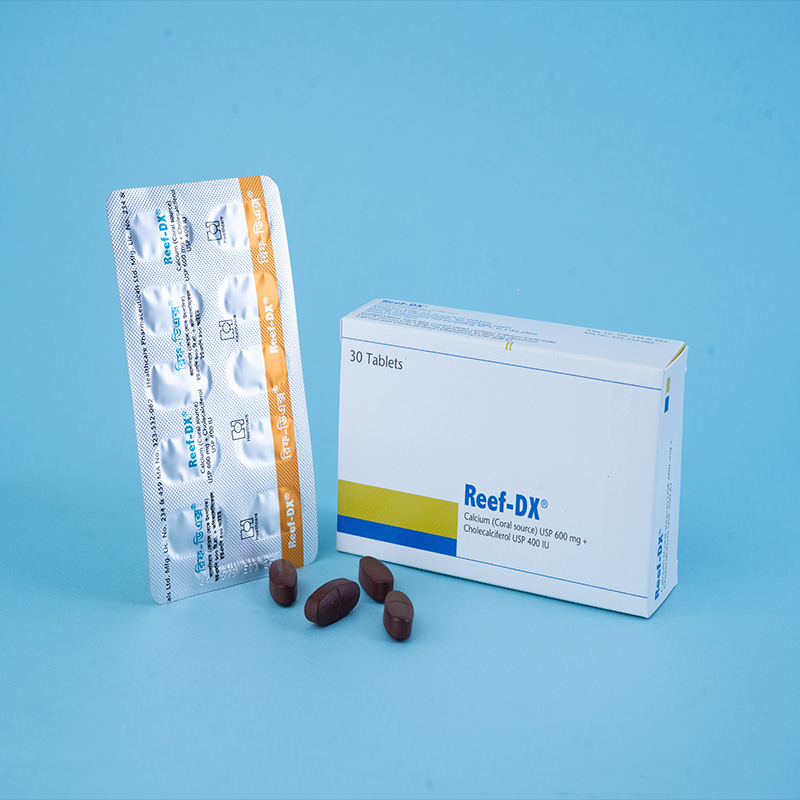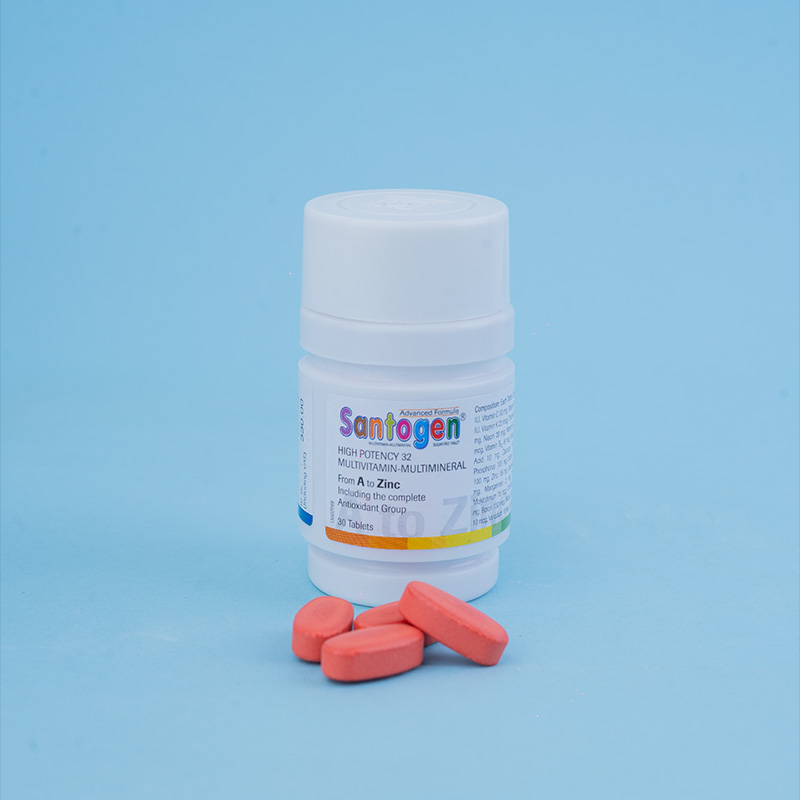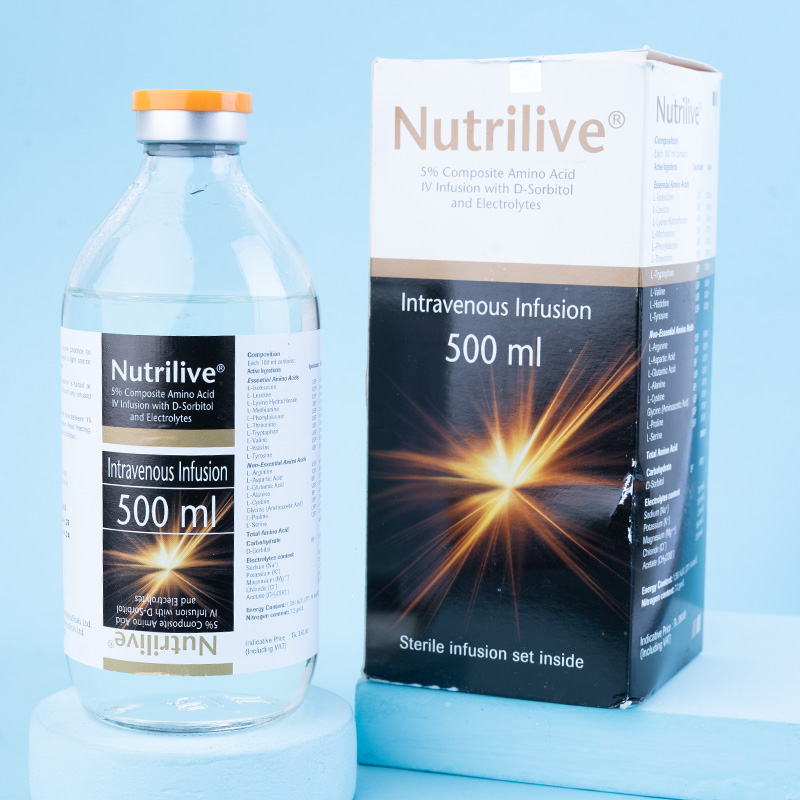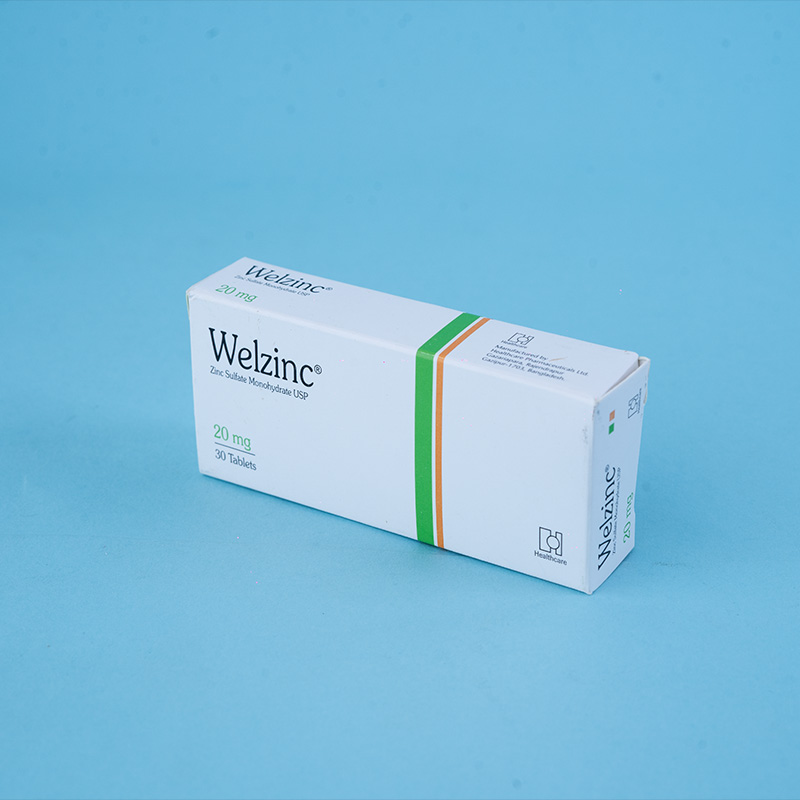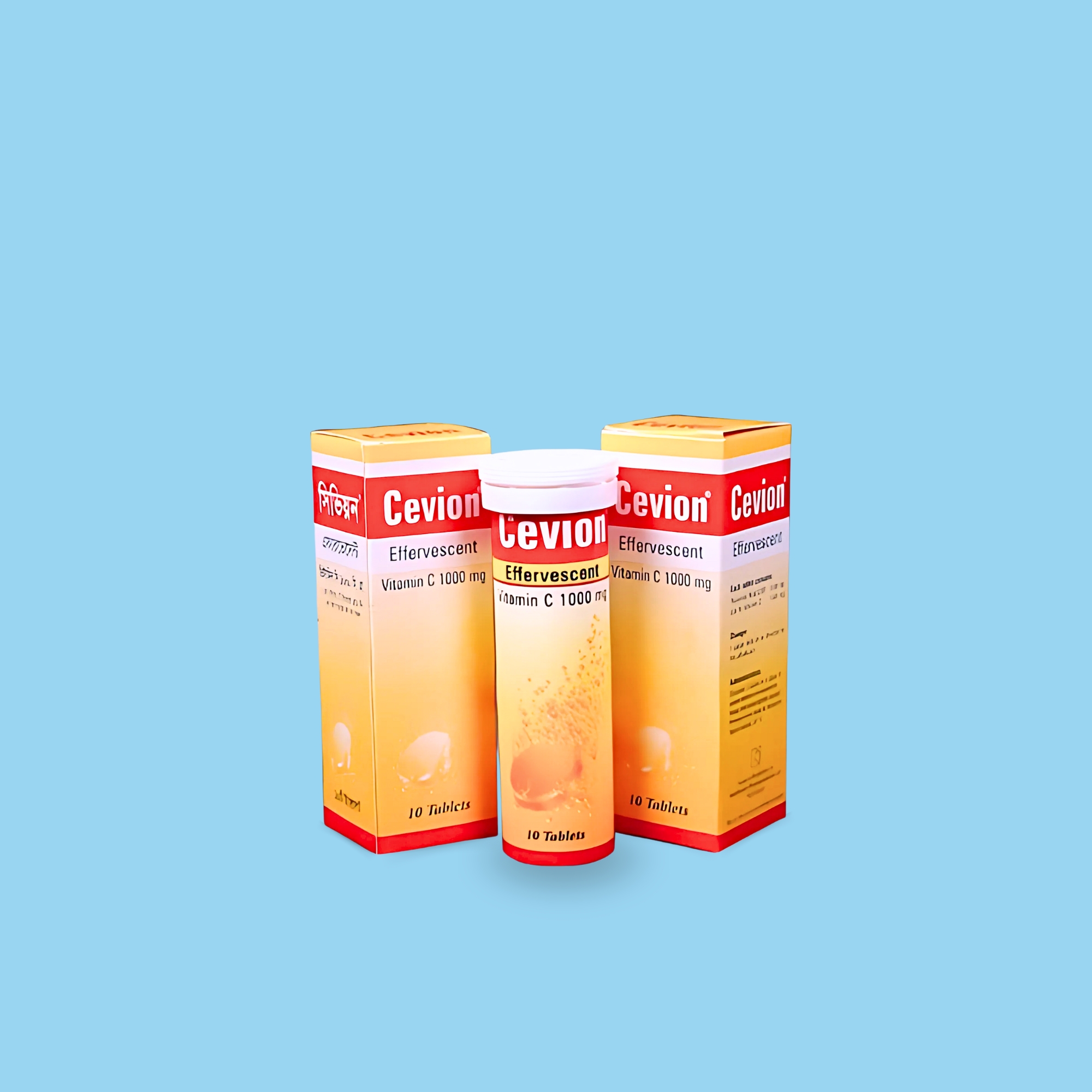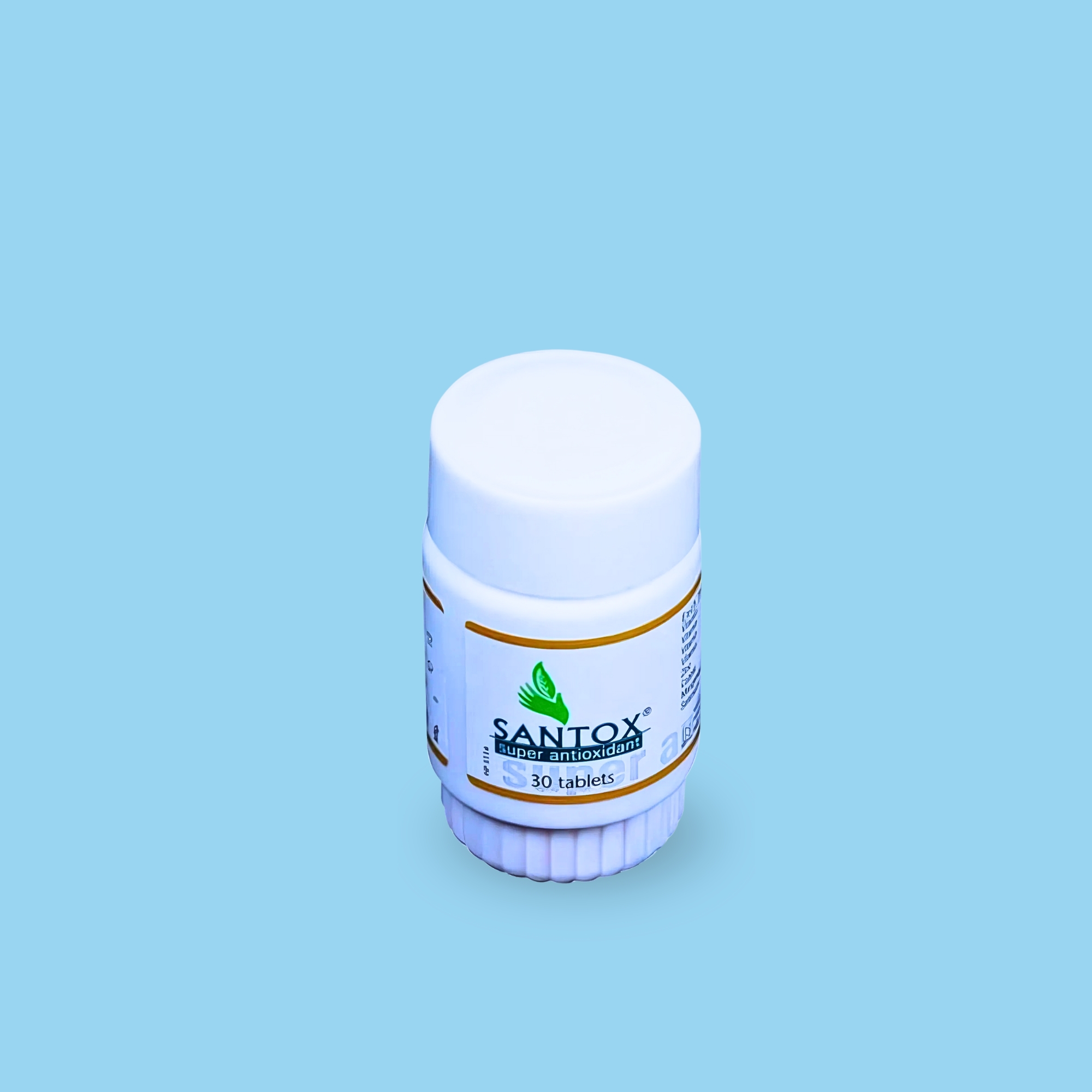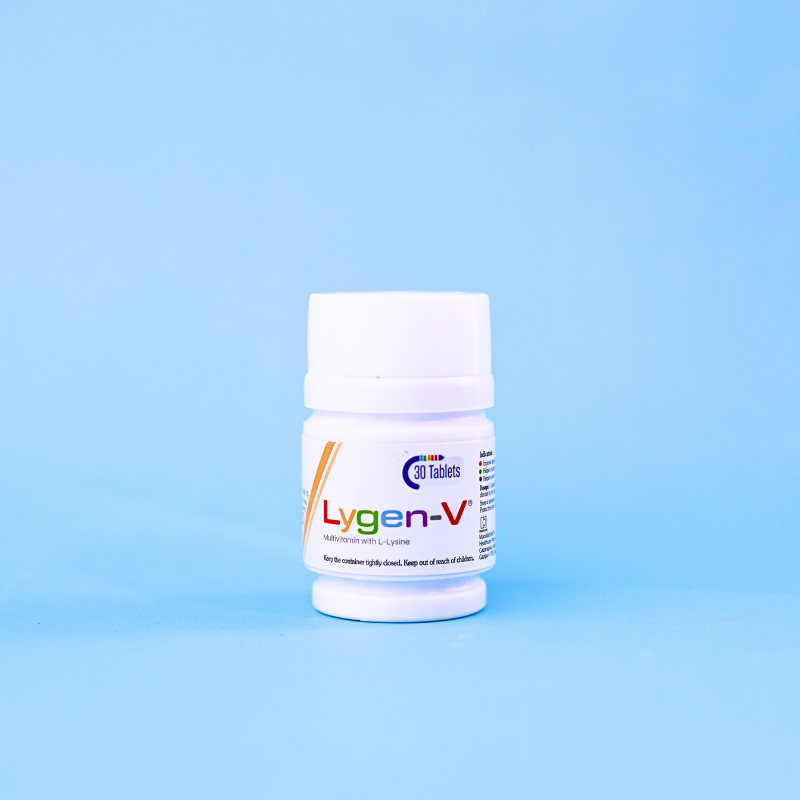Indicated in mono and polyneuropathies of any origin such as diabetic, alcoholic or toxic neuropathies, neuritis or neuralgia, especially cervical syndrome, shoulder- arm syndrome, lumbago, sciatica, peripheral neuralgia, facial neuralgia, intercostal neuralgia, spinal pain, Herpes Zoster.

Renovit® Tablet: 1 to 3 tablets daily or as directed by the physician.
Renovit® Injection: May be administered intramuscularly (deep intragluteal) at a dose of 1 ampoule daily in severe cases until acute symptoms subside. For milder cases and follow-up therapy, 2 to 3 ampoules per week may be used.

Renovit® is usually well tolerated. Hypersensitivity reactions and sensory disturbances may occur rarely.

Cyanocobalamin should not be given before a diagnosis has been fully established, as it may mask symptoms of subacute degeneration of the spinal cord. Cyanocobalamin is not a suitable form of Vitamin B12 for the treatment of optic neuropathies associated with elevated plasma concentrations of cyanocobalamin.

Renovit® should not be used in patients undergoing Levodopa therapy or in those with hypersensitivity to any of the ingredients.

Adequate data regarding the use of Renovit® during pregnancy and lactation are still unavailable.

No significant drug interactions have been reported.

Renovit® Tablet: Each pack contains 30 tablets in an HDPE container.
Renovit® Injection: Each pack contains 5 ampoules in a blister pack.

Renovit® Tablet: Store in a cool, dry place. Protect from light.
Renovit® Injection: Store in a cool, dry place below 25°C. Protect from light.

Keep out of reach of children.

The most common treatment-emergent adverse events associated with Tigecycline are nausea and vomiting, which generally occur during the first 1-2 days of therapy. Infrequent drug-related adverse events reported in patients receiving Tigecycline include injection site inflammation and pain, septic shock, allergic reactions, chills, thrombophlebitis, bradycardia, tachycardia, and vasodilation. Additionally, some patients may experience anorexia, dry mouth, hypoglycemia, hyponatremia, prolonged prothrombin time, eosinophilia, and thrombocytopenia. Certain adverse effects related to the reproductive system, such as vaginal moniliasis, vaginitis, and leukorrhea, have also been reported. While these side effects are uncommon, patients should be monitored for any signs of adverse reactions during treatment.

Tigecycline is structurally similar to Tetracycline-class antibiotics and should be administered with caution in patients with known hypersensitivity to Tetracycline-class antibiotics.

Pregnancy: Tigecycline should be used during pregnancy only if the potential benefit justifies the potential risk to the fetus.
Lactation: Caution should be exercised when Tigecycline is administered to a nursing woman.

Drug interactions of Tigecycline have been observed with Digoxin and Warfarin.

No specific information is available on the treatment of Tigecycline overdosage. However, intravenous administration of Tigecycline at a single dose of 300 mg over 60 minutes in healthy volunteers resulted in an increased incidence of nausea and vomiting.

Before reconstitution: Store in a refrigerator (2-8°C). Do not freeze.
After reconstitution:
Tigecycline may be stored at room temperature for up to 24 hours (up to 6 hours in the vial and the remaining time in the intravenous bag).
If stored in a refrigerator at 2°C to 8°C, the reconstituted solution can be used within 48 hours, provided it is transferred immediately into the intravenous bag.


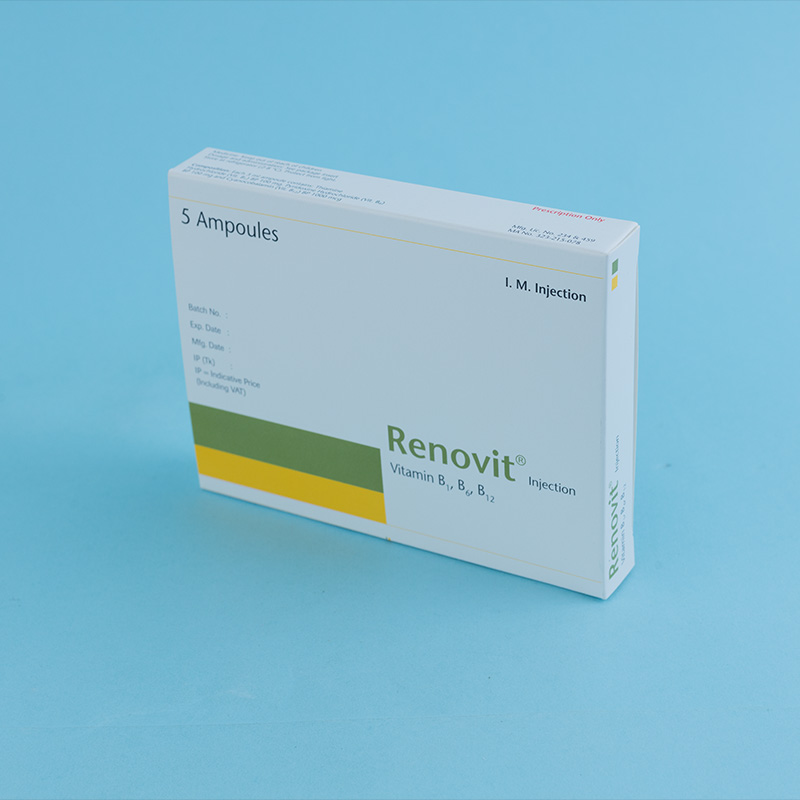
.jpg)
